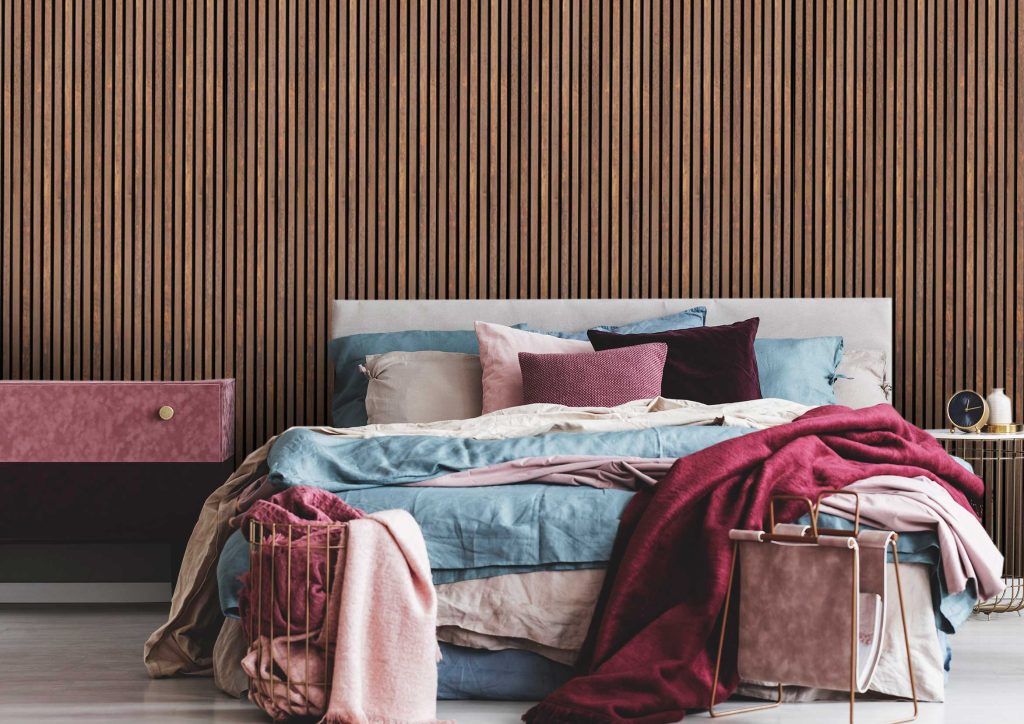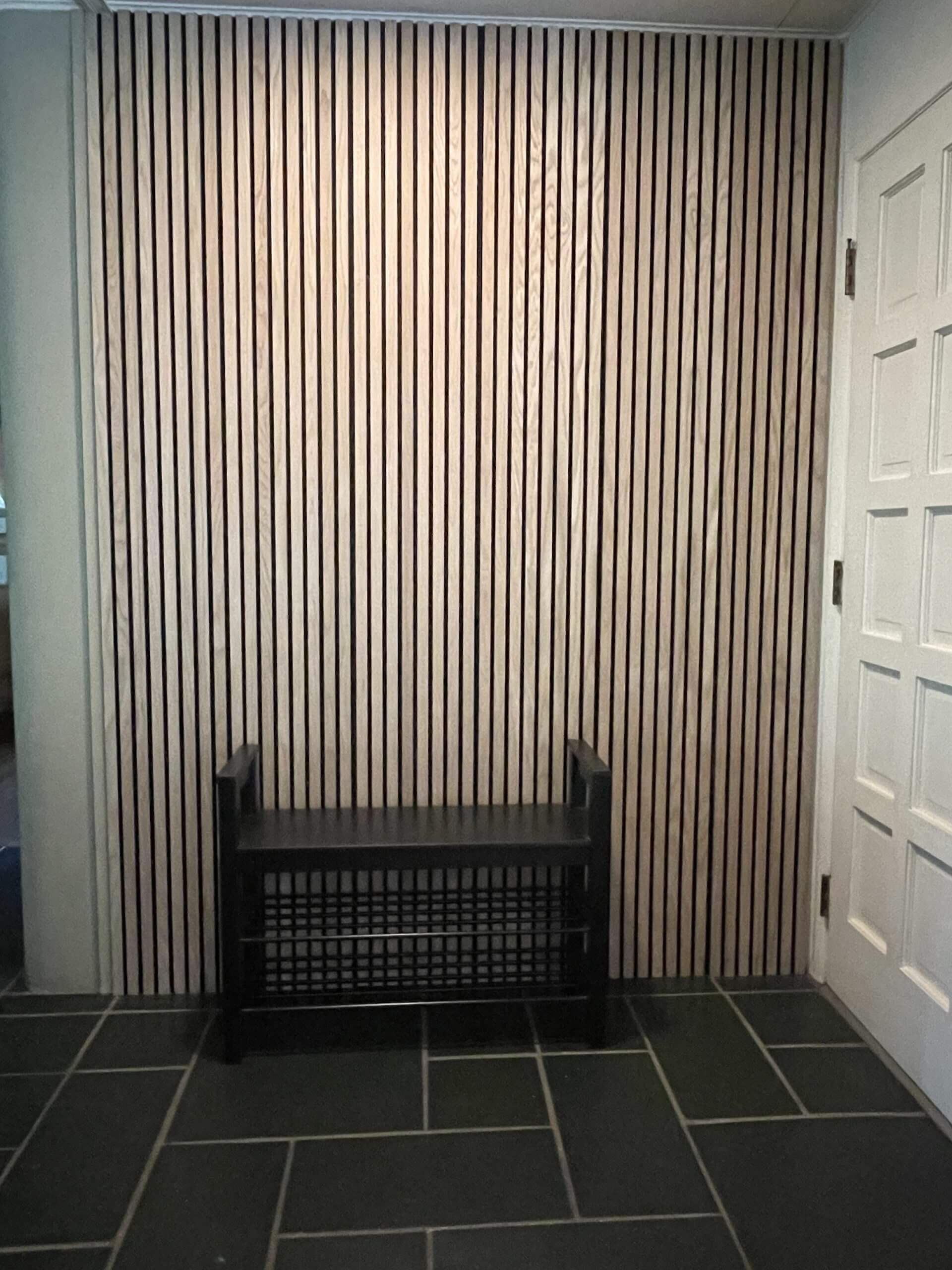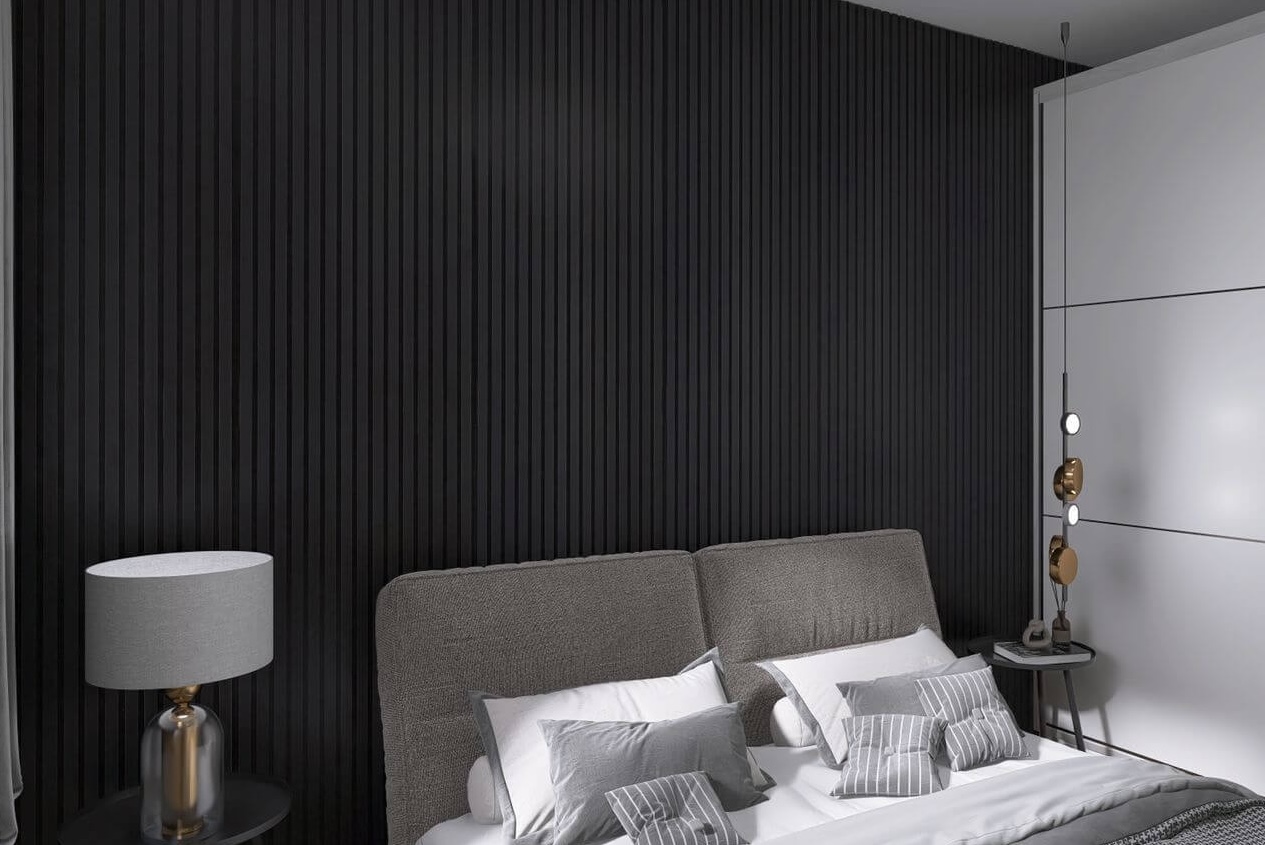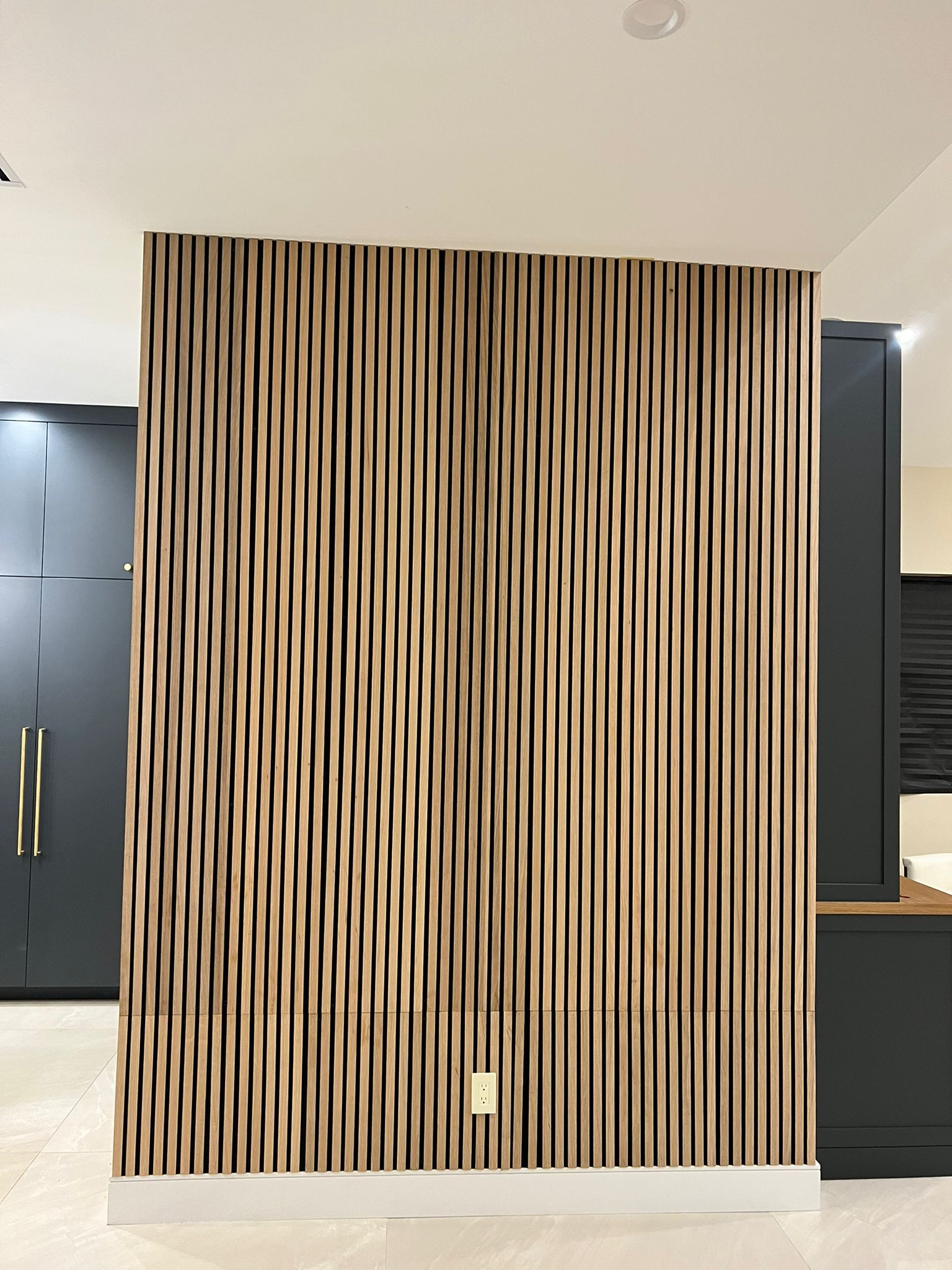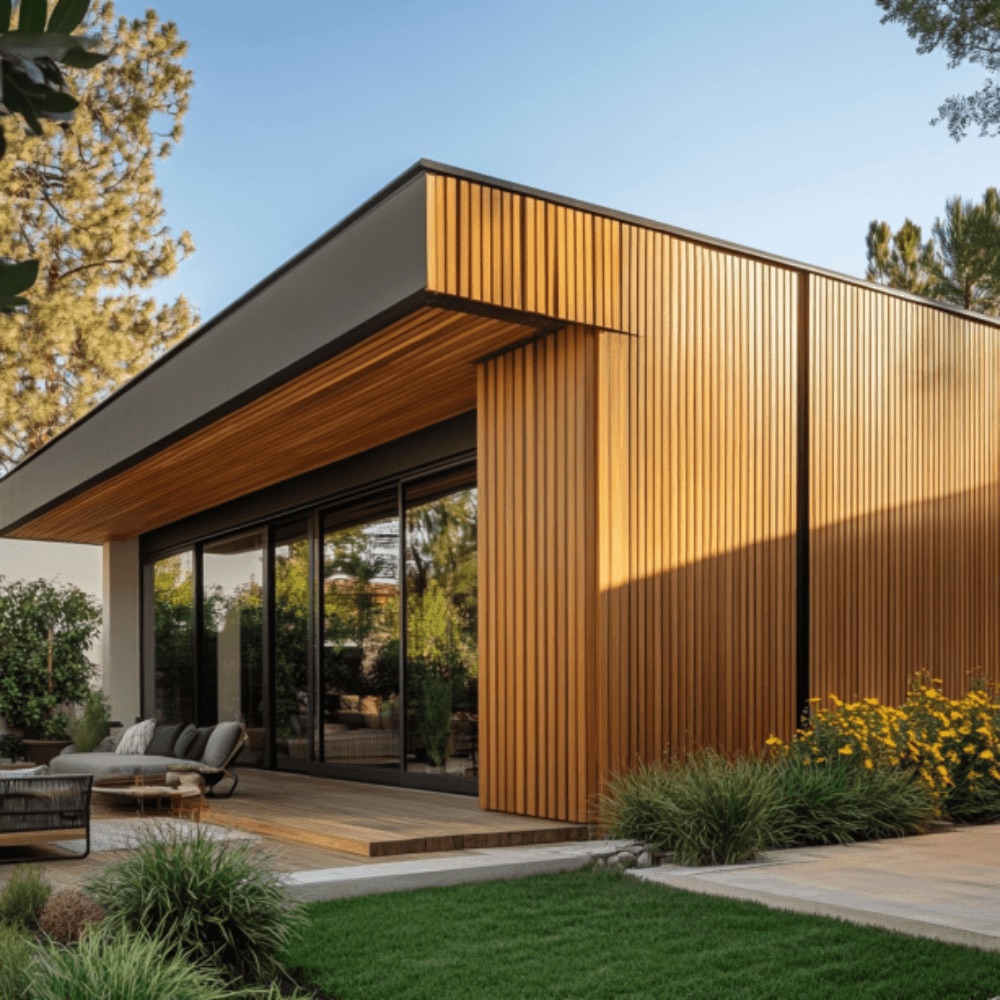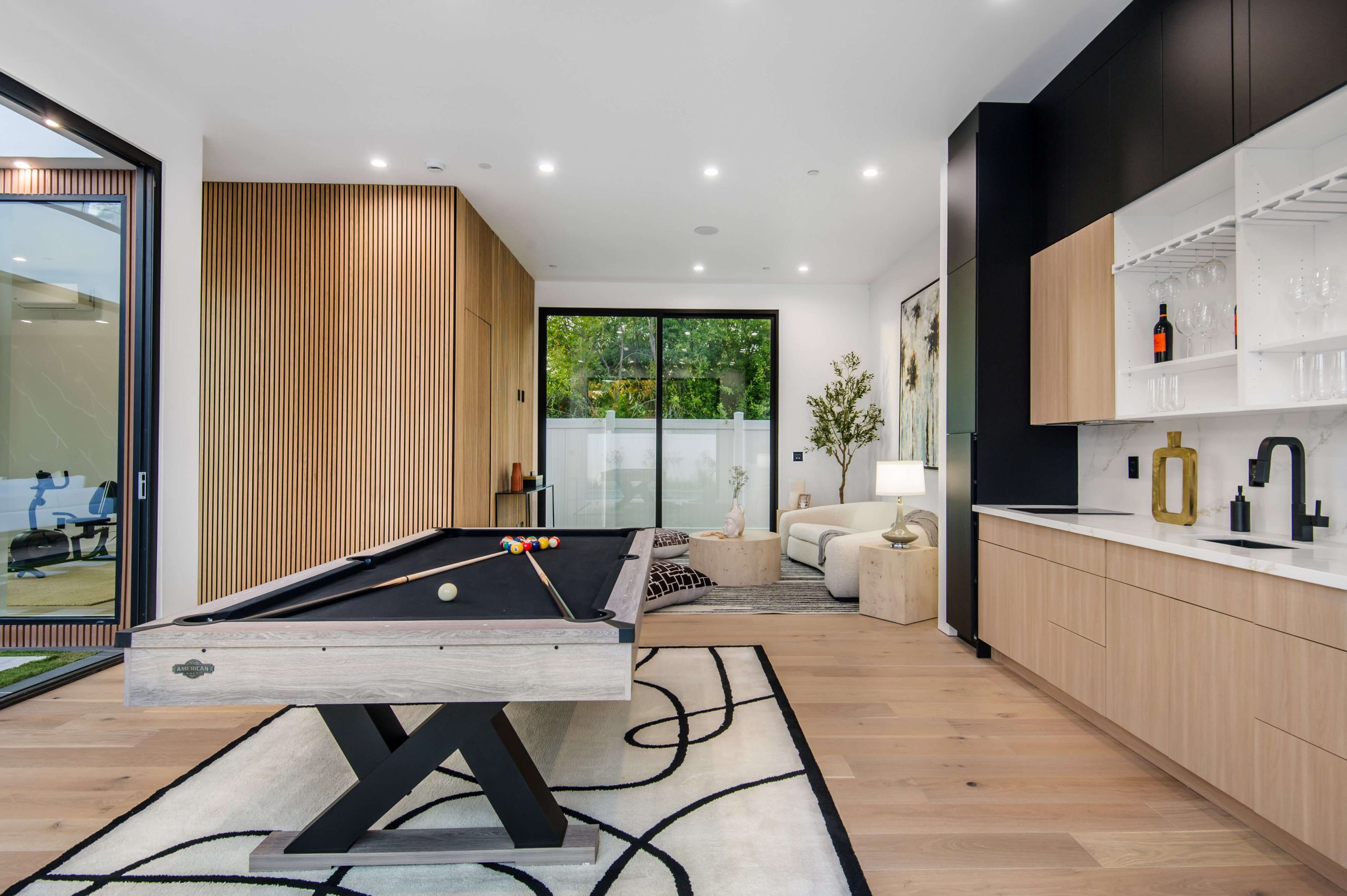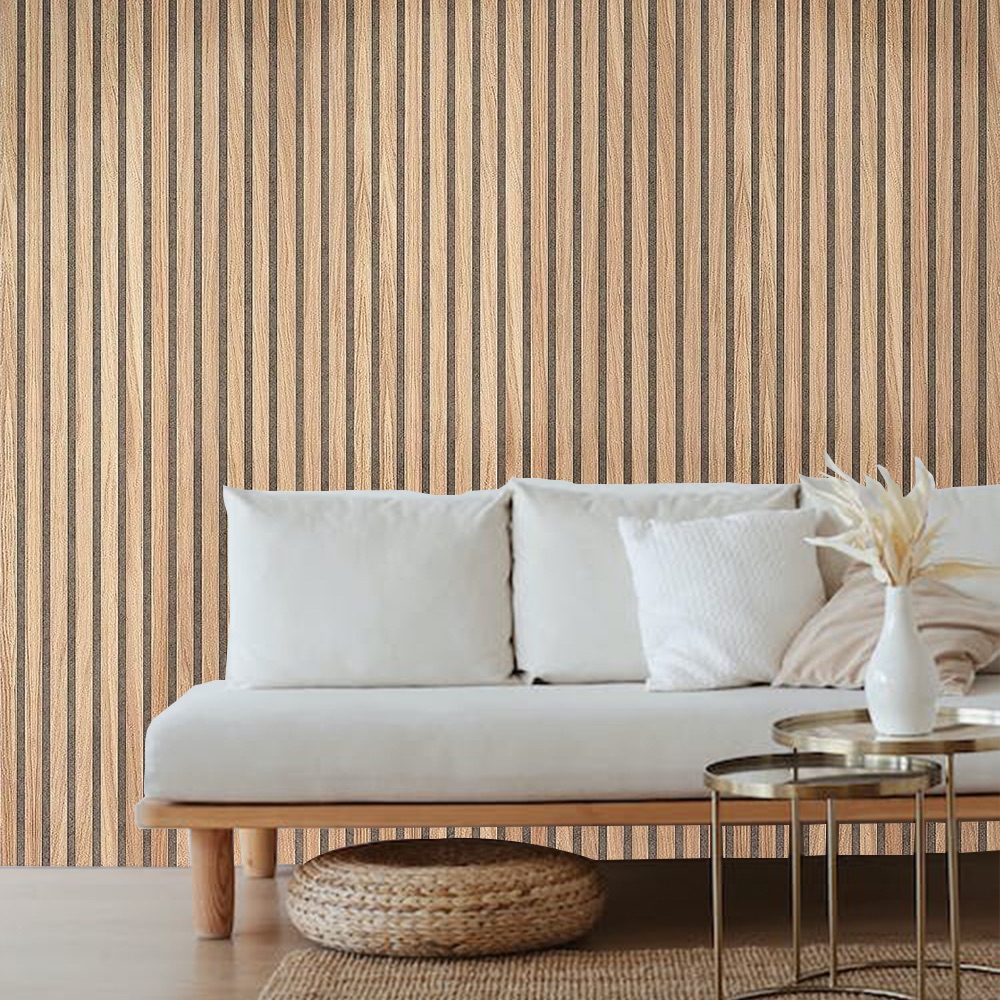When it comes to transforming the look and feel of a room, few upgrades have the warmth, elegance, and timeless appeal of wood paneling. Whether you’re aiming for a rustic, modern, or classic aesthetic, wood paneling offers a versatile solution that enhances any space effortlessly. If your walls feel outdated, dull, or uninspiring, incorporating wood panels is one of the best ways to refresh any room with wood paneling.
From cozy living rooms to sleek office spaces, the right wood panels can create an inviting atmosphere while adding texture and depth. But how do you choose the best style, material, and design for your home? Let’s dive into everything you need to know to bring new life to your walls with the perfect wood paneling option.
Table of Contents
Why Choose Wood Paneling to Refresh Any Room?
Wood paneling isn’t just a design trend—it’s a durable and stylish solution that has stood the test of time. Unlike plain drywall or painted surfaces, wood panels add warmth, character, and dimension, making your space feel more personalized.
Here’s why wood paneling is an excellent choice:
- Versatility – Available in various finishes, textures, and styles, wood paneling can complement any décor, from farmhouse charm to contemporary minimalism.
- Easy Installation – Many paneling options, such as peel-and-stick or interlocking panels, allow for hassle-free DIY installation.
- Durability – Unlike wallpaper or paint, high-quality wood panels can withstand wear and tear, making them a long-term investment.
- Eco-Friendly Options – Many manufacturers offer sustainable wood paneling made from reclaimed or responsibly sourced materials.
Types of Wood Paneling for Every Room
Selecting the right type of wood paneling is essential to achieving the look and functionality you desire. Below are some popular choices:
1. Shiplap Paneling
Shiplap is one of the most sought-after paneling styles, known for its clean horizontal lines and coastal charm. It’s perfect for adding a subtle yet refined touch to bedrooms, bathrooms, and kitchens.
Best Use: Farmhouse, coastal, and cottage-style interiors.
2. Beadboard Paneling
Featuring narrow, vertical planks separated by ridges (or beads), beadboard paneling is a classic choice that brings a vintage or cottage-style feel to any room.
Best Use: Kitchens, bathrooms, and wainscoting applications.
3. Reclaimed Wood Paneling
For those who love a rustic or industrial look, reclaimed wood paneling is the perfect solution. Made from salvaged wood, it has rich textures and natural imperfections that add character.
Best Use: Accent walls, living rooms, and offices.
4. Modern Slat Panels
If you prefer a sleek and contemporary aesthetic, modern slat panels provide a linear, structured look that enhances depth and sophistication.
Best Use: Home offices, feature walls, and commercial spaces.
5. Plywood Paneling
A budget-friendly and customizable option, plywood paneling offers a smooth, minimalist appearance and can be painted or stained to match any interior.
Best Use: Budget-friendly makeovers, DIY projects, and kids’ rooms.
How to Refresh Any Room with Wood Paneling: A Step-by-Step Guide
Transforming your space with wood paneling doesn’t require a complete renovation. Follow these simple steps to get the best results:
Step 1: Choose Your Wood Panel Type
Consider your room’s style, function, and the level of maintenance you’re comfortable with before selecting a panel type. Lighter woods like pine create an airy feel, while darker woods such as walnut add a rich, cozy touch.
Step 2: Measure and Prepare Your Walls
- Measure the height and width of your wall to determine how much paneling you need.
- Clean the wall surface to remove dust, grease, or old paint.
- If applying panels over drywall, make sure it’s smooth and even for a seamless finish.
Step 3: Cut and Fit the Panels
- Use a circular saw or table saw to cut panels to the correct size.
- If using tongue-and-groove panels, align them carefully for a tight fit.
- Sand any rough edges before installation.
Step 4: Attach the Panels
- For peel-and-stick panels, remove the adhesive backing and press firmly onto the wall.
- For nailed or glued panels, apply construction adhesive and secure with finishing nails.
- Use a level to ensure each panel is straight before securing the next one.
Step 5: Seal and Finish
- Apply a protective sealant to enhance durability and moisture resistance.
- Stain or paint the panels if you want a custom color.
- Add trim or molding to create a polished look.
Key Benefits of Using Wood Paneling in Home Decor
Wood paneling isn’t just about aesthetics—it also offers several practical advantages:
✔ Sound Insulation – Helps reduce noise, making it ideal for offices and bedrooms.
✔ Energy Efficiency – Adds insulation, helping regulate indoor temperatures.
✔ Adds Value – Increases property appeal for potential buyers or renters.
✔ Minimal Maintenance – Requires only occasional dusting and polishing to maintain its beauty.
Common Misconceptions About Wood Paneling
Despite its many benefits, some homeowners hesitate to use wood paneling due to outdated myths. Let’s clear up some common misconceptions:
❌ “Wood paneling makes a room feel dark and heavy.”
👉 Modern designs and lighter wood options ensure that paneling brightens and opens up a space rather than closing it in.
❌ “It’s difficult to install.”
👉 With today’s peel-and-stick and interlocking paneling options, installation is easier than ever—even for beginners.
❌ “It only works for rustic homes.”
👉 Wood paneling comes in sleek, modern styles that fit contemporary and minimalist spaces just as well as traditional homes.
Conclusion
Refreshing any room with wood paneling is a smart way to upgrade your space without major renovations. Whether you opt for shiplap, beadboard, or modern slat panels, wood paneling adds warmth, character, and style to any interior. With simple installation steps, various design choices, and long-lasting appeal, it’s a perfect solution for homeowners looking to enhance their decor.
If you’re ready to transform your walls, explore different wood paneling options and start your DIY journey today!
FAQs
1. What is the best type of wood paneling to refresh any room with wood paneling?
The best type of wood paneling depends on your style and space. Shiplap offers a modern farmhouse look, beadboard adds a classic touch, and reclaimed wood provides rustic charm. For contemporary interiors, sleek slat panels are a great choice.
2. Can I refresh any room with wood paneling on a budget?
Yes! You can refresh any room with wood paneling affordably by choosing cost-effective options like plywood panels or peel-and-stick wood panels. DIY installation also helps save on labor costs while achieving a stylish update.
3. How difficult is it to install wood paneling to refresh any room?
Installing wood paneling can be simple, especially with peel-and-stick or interlocking options. For traditional panels, basic tools like a saw, nails, and adhesive are needed. With proper measurements and alignment, even beginners can refresh any room with wood paneling easily.
4. Will wood paneling make a small room look even smaller?
Not necessarily! Light-colored wood panels or vertical paneling can actually make a room feel more spacious. If you’re looking to refresh any room with wood paneling in a smaller space, opt for wide, light-toned panels to create an open and airy effect.
5. How do I maintain and clean wood paneling after installation?
To keep wood paneling looking fresh, dust it regularly with a microfiber cloth and wipe it down with a damp cloth when needed. Avoid harsh chemicals that may damage the wood finish. Proper sealing also helps protect against moisture and stains.

